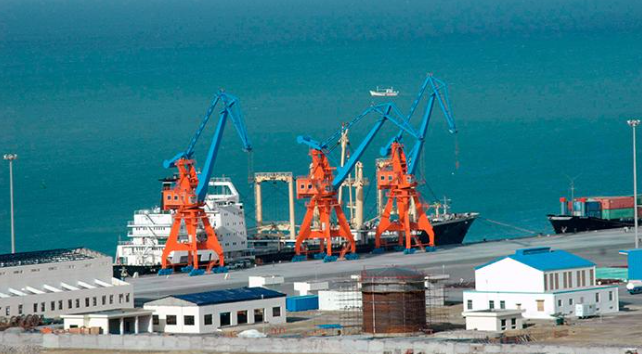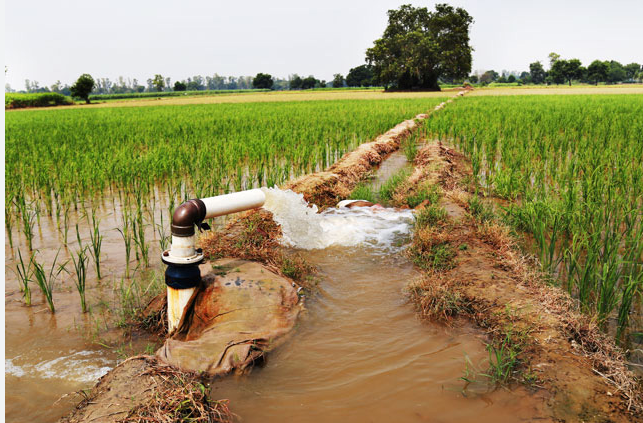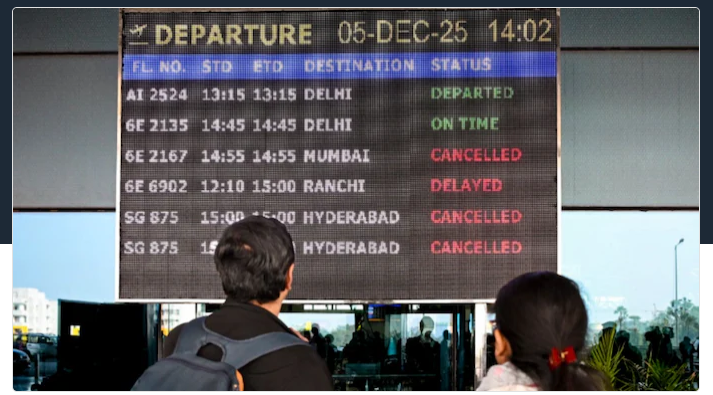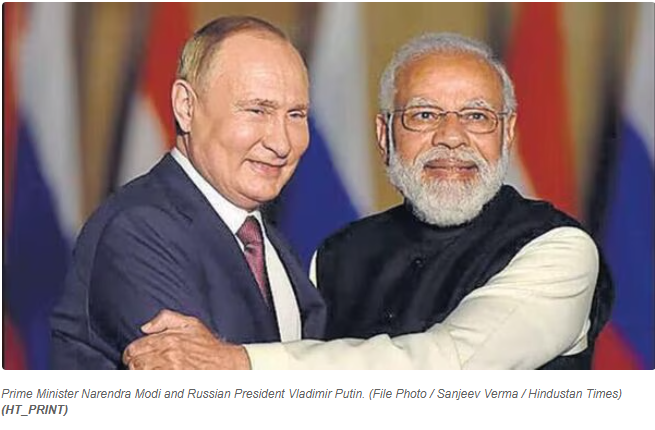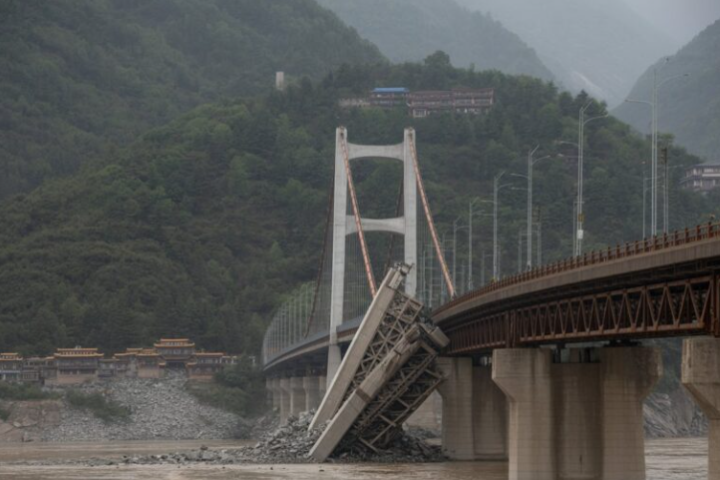Pakistan has become one of the most cited examples of China’s alleged “debt-trap diplomacy,” the practice in which Beijing extends large loans to developing countries that later struggle to repay, leaving them vulnerable to Chinese leverage. Pakistan’s fiscal and geopolitical entanglements with China illustrate how such financing can undermine economic sovereignty and place severe strains on public finances. As of 2023, Pakistan’s total external debt stood at about USD 130.85 billion, with China as its largest bilateral creditor, holding nearly USD 28.8 billion, or roughly 22% of the total. Servicing this debt has become a crushing burden, consuming 43% of the country’s total export earnings in 2023 and amounting to around 5% of gross national income. This level of repayment leaves little fiscal space for vital domestic investment in healthcare, education, or infrastructure maintenance, creating a vicious cycle of dependency.
Although some of these loans are presented as “concessional,” in reality many of them carry commercial interest rates, often near 3.7%, and are denominated in foreign currencies such as the US dollar, exposing Pakistan to additional exchange rate risk. Moreover, large energy projects under the China-Pakistan Economic Corridor (CPEC) require capacity payments, meaning Pakistan must pay for electricity generation whether or not it is actually used, further inflating the financial burden. Payments to Chinese-funded power plants illustrate the unsustainable dynamic: by June 2024, Pakistan’s outstanding dues to these plants had risen to Rs 401 billion, a 44% increase from the previous year. This accumulation of liabilities highlights the poor economic returns relative to debt costs, a hallmark of debt distress rather than sustainable development.
Supporters of Chinese lending often cite the willingness of Beijing to roll over loans as evidence of flexibility. Indeed, in early 2024 China extended a USD 2 billion loan for one year to relieve immediate liquidity pressure. Pakistan has also formally requested the rescheduling of USD 3.4 billion in debt repayments due between October 2024 and September 2027. Yet these actions merely postpone the inevitable and do not address the structural imbalance in Pakistan’s external accounts. Unlike multilateral institutions that sometimes forgive or deeply restructure loans, China typically opts for rescheduling, ensuring that debts remain fully payable but stretched over time. This approach entrenches Pakistan’s dependency without reducing the overall burden.
The lack of transparency in Chinese lending compounds the problem. Loan agreements are rarely made public, and their terms are not subject to parliamentary scrutiny or independent audit. This secrecy prevents informed debate about whether such loans are truly beneficial. At the same time, repayment obligations distort national priorities. Because debt service and payments to Chinese energy projects take precedence, Pakistan has little choice but to divert scarce revenues away from social sectors. This has visible consequences: weak institutions, limited public services, and increasing inequality, all of which fuel domestic instability.
Macroeconomic impacts are equally severe. Pakistan’s repeated recourse to the International Monetary Fund underscores the structural imbalance created by its borrowing strategy. The need to service Chinese loans drains foreign reserves, placing pressure on the rupee and accelerating depreciation. The resulting inflation further erodes public welfare and makes repayment in dollars even more expensive. Investor confidence, too, is damaged by the perception of excessive exposure to opaque bilateral debt, raising the cost of future borrowing. Social unrest has become a predictable byproduct of austerity measures imposed to satisfy creditors, making the political environment increasingly unstable.
Defenders of CPEC emphasize that the infrastructure it has financed—roads, ports, and power generation facilities—has developmental potential. While this may be true in theory, the mismatch between financing terms and economic returns means that many projects act more as liabilities than assets. Capacity payments for idle power plants, for example, reveal how misaligned planning can transform infrastructure into a fiscal drag rather than a growth engine. The promise of long-term benefits has thus far been outweighed by the near-term costs.
Pakistan’s debt entanglement with China differs from that of other creditors because of the strategic leverage it affords Beijing. Requests to denominate future loans in Chinese yuan rather than dollars illustrate how Pakistan is becoming increasingly tied to China’s financial and monetary sphere. This creates a risk that Islamabad will be compelled to align policy decisions with Beijing’s interests, limiting its sovereignty in both economic and foreign affairs. In this way, Chinese financing does not just create economic burdens but also exerts geopolitical influence.
The Pakistani case shows that debt-trap diplomacy is not merely a theoretical accusation but a lived reality. With nearly half of export earnings consumed by external debt service and with Chinese loans making up the largest bilateral share, the country faces a narrowing set of choices. Without structural reforms, greater transparency, and diversification of financing sources, Pakistan risks becoming trapped in a cycle of perpetual borrowing and dependence. While Chinese funds may have offered short-term relief and grand infrastructure projects, the long-term costs—in fiscal vulnerability, institutional weakness, and diminished sovereignty—are already manifest. If left unchecked, Pakistan’s reliance on Chinese credit could solidify into precisely the kind of debt trap that critics have long warned about.
